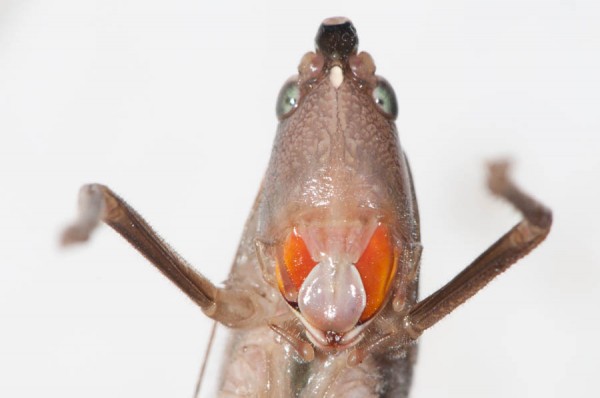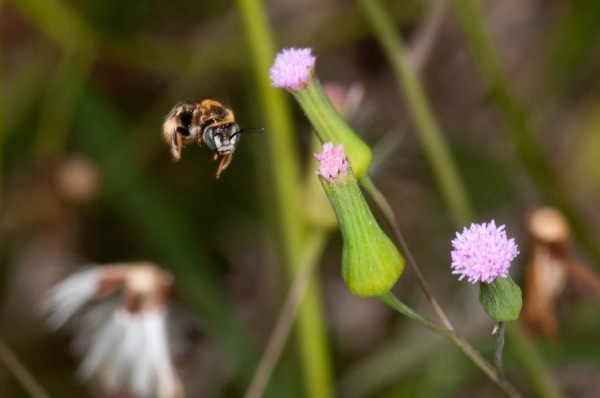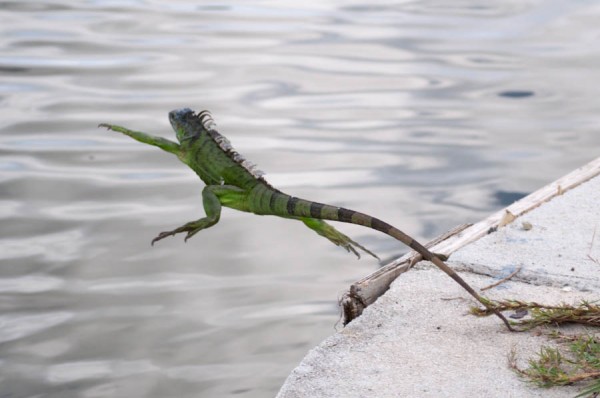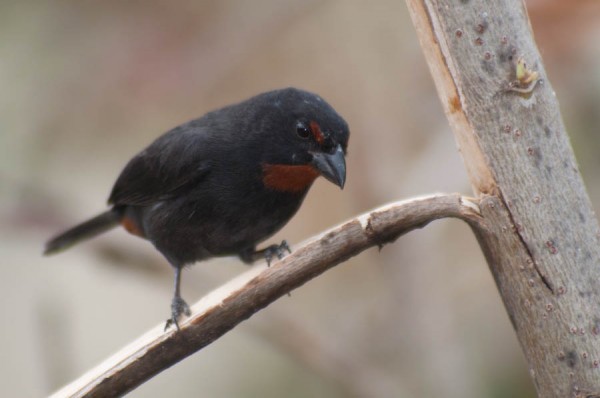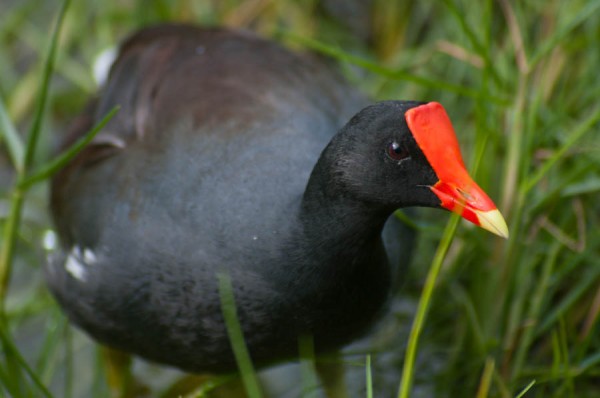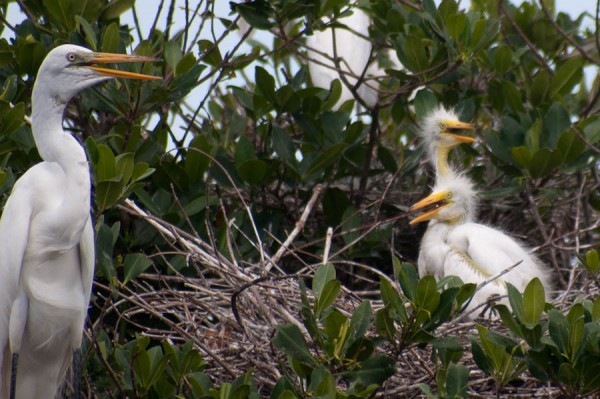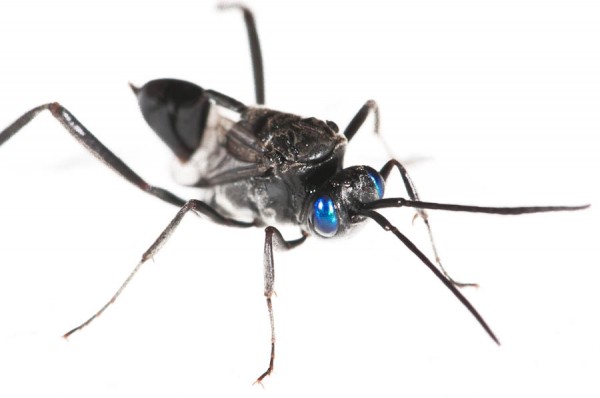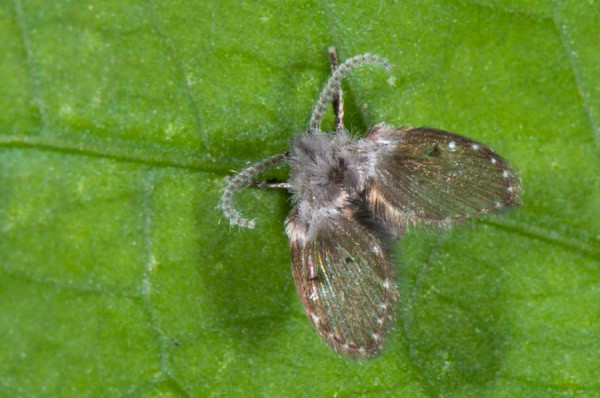Baby Bush Cricket
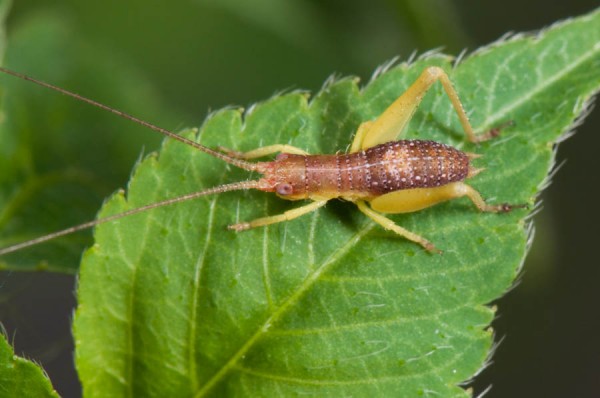
Here’s a baby bush cricket, probably Carylla proalbifrons or a similar species. Everyone who read The Very Hungry Caterpillar when they were little knows that some insects, like butterflies, undergo a complete metamorphosis. Many other insects, including crickets, undergo an incomplete metamorphosis, from egg to nymph to adult. Nymphs are typically similar in form to adults, although they often don’t […]


